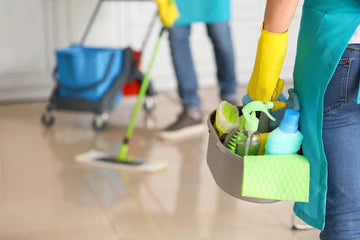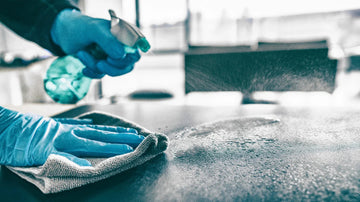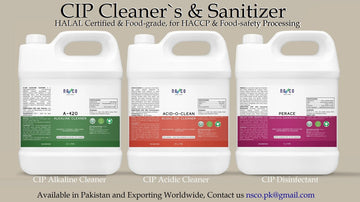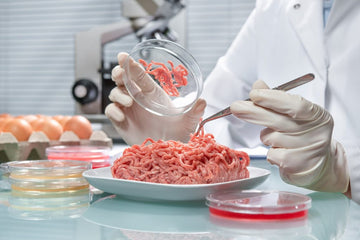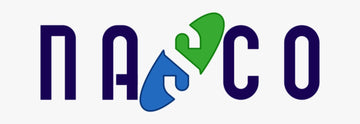Don’t Cut Costs of CLEANING & HYGIENE Optimize Processes, Resources, and Chemicals Instead.
How; Check here the suggestions
Cost Optimization in a HACCP and Food-Safety Environment must never compromise cleaning and hygiene, since these are non-negotiable for compliance, customer safety, and brand protection. The key is to optimize processes, resources, and products while maintaining the highest standards. Here’s a structured approach:
1. Product & Chemical Optimization
-
Use multi-purpose cleaners/disinfectants: One product effective across multiple areas (floors, walls, equipment) reduces SKUs and stock costs.
-
Dilution control systems: Prevents chemical wastage and ensures correct ppm for sanitizers (avoids both under-dosing and over-dosing).
-
Buy in concentrates: Lower logistics/storage cost compared to ready-to-use.
-
Standardize suppliers: Work with 1–2 approved vendors for bulk rates and compliance guarantees.
2. Labor & Time Efficiency
-
Train staff properly: Well-trained staff use the correct amount of chemical, clean faster, and avoid rework.
-
Schedule cleaning smartly: Align with production cycles to reduce downtime and overtime costs.
-
5S Methodology (Sort, Set in order, Shine, Standardize, Sustain): Keeps tools/cleaning supplies organized → reduces wasted time.
-
Use mechanization where possible: Floor scrubbers, foamers, automated CIP (Clean-in-Place) save labor hours.
3. Water & Energy Savings
-
Optimize water usage: Install foam cleaning systems and high-pressure, low-flow nozzles.
-
Hot water only when needed: Use ambient-temperature chemical cleaners when effective.
-
Recovery systems: Capture and reuse rinse water for pre-wash steps.
4. Process Standardization
-
SOPs for every zone (critical, semi-critical, non-critical): Ensures no overuse of chemicals or double work.
-
Color-coded cleaning tools: Prevents cross-contamination → avoids costly recalls.
-
Digital checklists & monitoring: Reduces paperwork and highlights inefficiencies early.
5. Inventory & Procurement Management
-
Just-in-time ordering: Prevents expiry/wastage of chemicals.
-
Bulk purchase with vendor-managed inventory (VMI): Suppliers keep track and replenish stock as needed.
-
Private-label: Equivalent efficacy, lower cost compared to global brands like Eco…..b/D……sey.
6. Compliance & Risk Prevention
-
Regular audits (internal + external): Identifies wasteful practices before they cause non-compliance.
-
Preventive maintenance: Keeps drains, ventilation, and utilities clean → avoids emergency deep cleans that cost extra.
-
Right chemical for right job: Using an acid cleaner for scale instead of scrubbing saves labor + prolongs equipment life.
7. Continuous Improvement
-
KPI tracking: Chemical cost/kg of food produced, water usage per cleaning cycle, labor hours per sanitation cycle.
-
Benchmarking: Compare with industry best practices.
-
Feedback loop: Sanitation team suggests cost-saving ideas (e.g., switching to microfiber mops to cut detergent use).
👉 Cost optimization comes from reducing waste, standardizing processes, and smart procurement, not from cutting corners on hygiene.
With the right chemicals, dilution control, staff training, and efficient equipment, you can both meet HACCP/FSSC standards and reduce operational costs.
CLEANING & HYGIENE Chemicals
(HALAL-Certified & FOOD-Grade)
For Local & and Global Export Inquiries, Reach Out to Us

